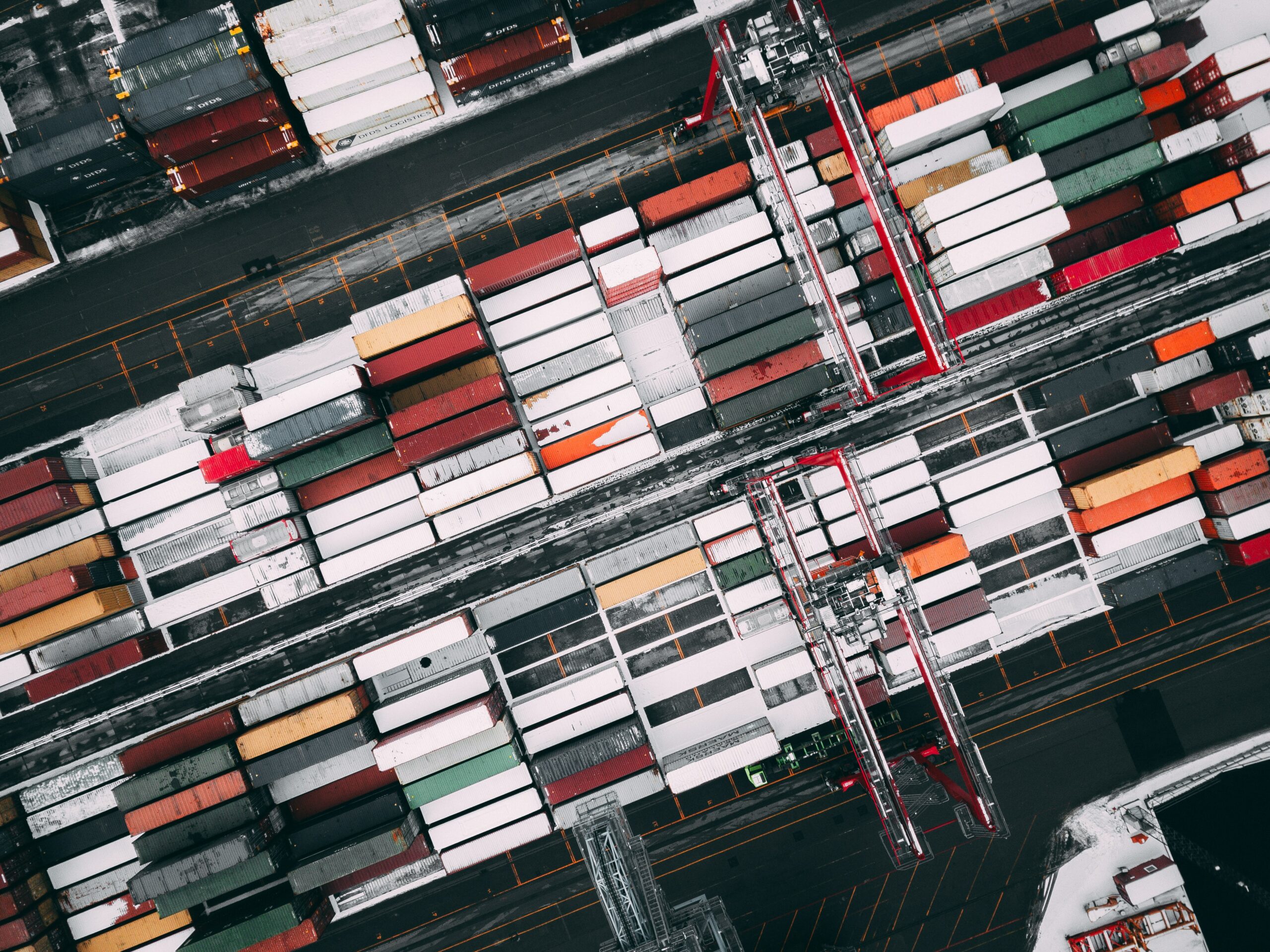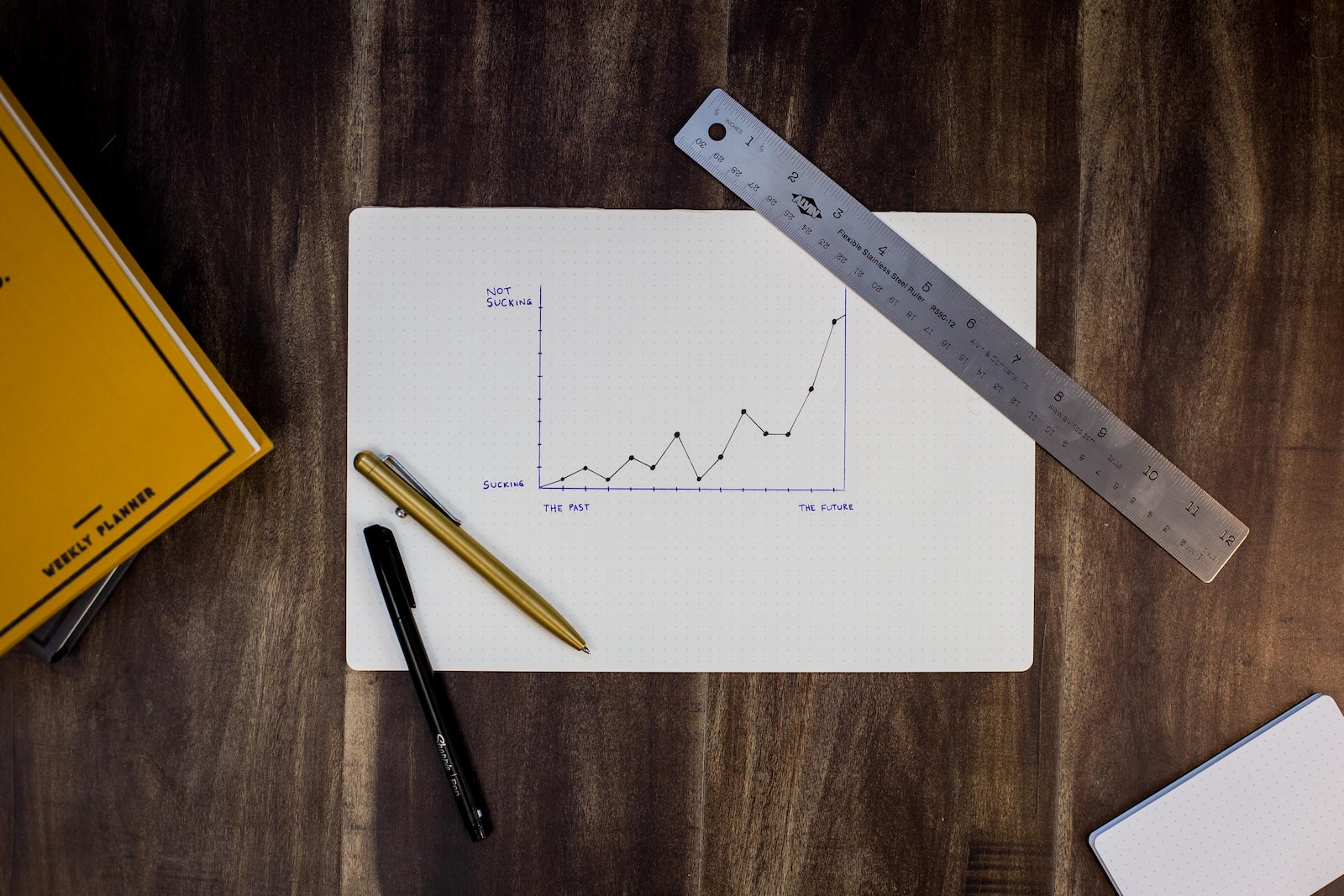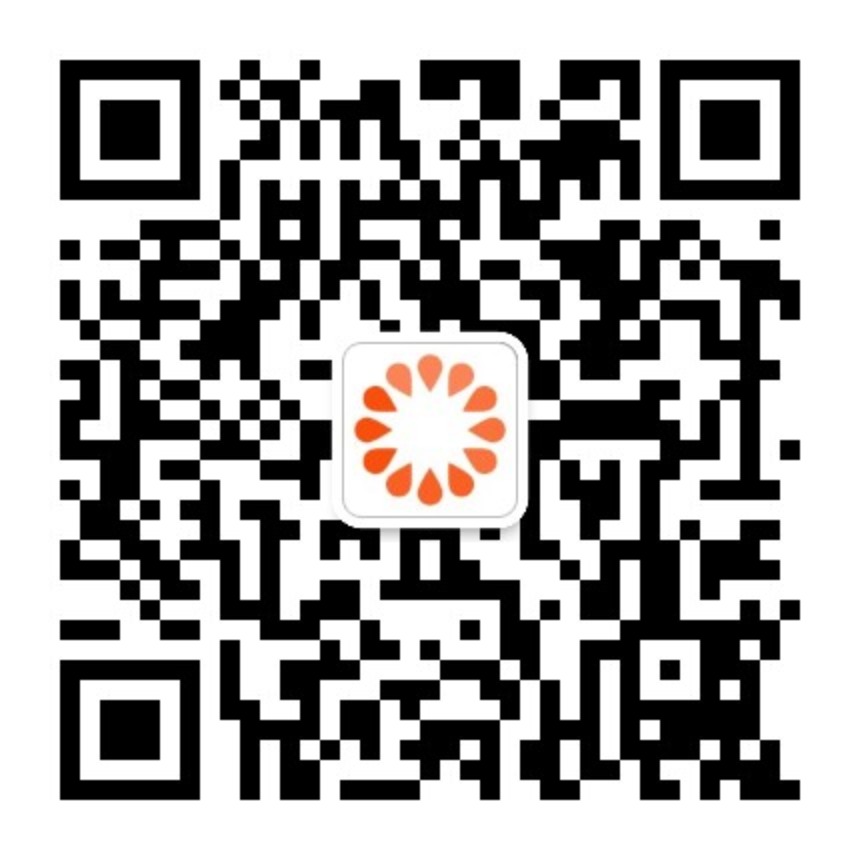China is one of the world’s largest exporters, and its export tax refund policy plays an important role in supporting its foreign trade and maintaining its competitiveness in the global market. Export tax refund refers to the process of refunding or exempting the value-added tax (VAT) and consumption tax (CT) paid by exporters during the production and distribution of exported goods. The policy aims to reduce the tax burden on exporters, promote fair trade, and encourage export-oriented industries.
However, China’s export tax refund policy is not static, but constantly adjusts to the changing domestic and international environment. In recent years, China has made several changes to its export tax refund policy, such as speeding up the refund process, expanding the scope of paperless filing, supporting new trade models, and improving the convenience of departure tax refunds. These changes have significant implications for exporters and foreign investors in China, as they affect their cash flow, compliance requirements, foreign exchange management, and business opportunities.
In this article, we will provide an overview of China’s export tax refund policy, explain the recent changes and their implications, and offer some practical tips for exporters to optimize their tax refund process.
What is China’s export tax refund policy?
China’s export tax refund policy is based on the principle of “exemption, credit and refund”. This means that exported goods are exempt from VAT and CT at the point of exportation, exporters can claim credit for the input VAT and CT paid on purchases related to exports, and exporters can apply for a refund of the excess input VAT and CT over output VAT and CT.
According to the State Taxation Administration (STA), Chinese manufacturers can recover up to 17 percent of the value-added tax from the Chinese government when they export goods to foreign countries. The refund is based on the export VAT refund rate of the exported goods, which is determined by the Customs commodity code. The export VAT refund rates are between 0 percent and 17 percent, and where the refund rate is at 17 percent, there is a full recovery of the input VAT. From the beginning of 2021 to Nov 10, the total tax refund, as well as tax exemption, reached 1.64 trillion yuan ($227.84 billion), up 14.9 percent year-on-year.
China’s export tax refund policy covers both direct exports and deemed exports. Direct exports refer to goods that are sold by domestic enterprises to overseas customers and shipped out of China. Deemed exports refer to goods that are sold by domestic enterprises to foreign-invested enterprises or projects within China under certain conditions, such as processing trade, bonded zones, or key construction projects.
China’s tax rules provide for three export refund treatments: the tax-exempt treatment, the pay-first-and-refund-later treatment, and the exempt-offset-refund treatment.
- The tax-exempt treatment applies to goods that are exempt from output VAT at the point of exportation, such as self-produced goods or goods purchased from small-scale taxpayers. Exporters do not need to pay output VAT or apply for a refund.
- The pay-first-and-refund-later treatment applies to goods that are subject to output VAT at the point of exportation, such as non-self-produced goods or goods purchased from general taxpayers. Exporters need to pay output VAT first and then apply for a refund.
- The exempt-offset-refund treatment applies to goods that are subject to output VAT at the point of exportation but can be offset by input VAT credits. Exporters do not need to pay output VAT but can apply for a refund of the excess input VAT over output VAT.
The applicable treatment depends on various factors, such as the nature of the exported goods, the source of purchase, the type of taxpayer, and the type of trade.
What are the recent changes to China’s export tax refund policy?
In order to cope with the impact of the COVID-19 pandemic, the trade war with the US, and the global economic slowdown, China has made several changes to its export tax refund policy in recent years, aiming to ease the pressure on exporters, improve trade facilitation, and support new trade models. Some of the major changes are summarized below:
Speeding up the refund process
In 2018, China announced that it would speed up the export tax refund process and ensure that most refunds are completed within 10 working days. To achieve this goal, China introduced paperless refund filing in all regions and all rating Class A and Class B enterprises, which account for more than 90 percent of the total refund amount. Paperless filing allows exporters to submit their refund applications online without providing hard copies of supporting documents, such as contracts, invoices, and transport documents. This reduces the administrative burden on exporters and tax authorities, and improves the efficiency and accuracy of the refund process.
In 2020, China further expanded the scope of paperless filing to rating Class C enterprises on a voluntary basis, providing more convenience and flexibility for exporters. In addition, China also simplified the record-filing requirements for export tax refund applications, reducing the number and types of documents required for record-filing. For example, shipping orders of export goods and documents executed by another organization entrusted by the export enterprise to complete customs declaration are no longer required for record-filing.
Expanding the scope of paperless refund filings
The expansion of the scope of paperless refund filing was listed as one of the new measures to offer convenient tax services to taxpayers. Paperless filing was encouraged to be used not only by rating Class A and Class B enterprises, but also in rating Class C enterprises on a voluntary basis, so as to continuously improve the convenience of tax refunds.
Supporting new trade models
In order to further support and serve the development of the private economy, the STA guided tax authorities in the pilot areas for comprehensive management of market procurement and trade to coöperate with commerce, customs and other departments to develop an integrated market procurement and trade management system and a tax exemption management system. In 2019, relevant market tax exemption management systems were inspected and accepted in accordance with the provisions of the Administrative Measures for Export Exemption of Market Procurement (Provisional).
Market procurement and trade is a new trade model that allows small and medium-sized enterprises to purchase goods from domestic markets or online platforms and export them through designated customs clearance channels. This model simplifies the export procedures, reduces the costs, and improves the efficiency for exporters. Under this model, exporters can enjoy export tax exemption if they meet certain conditions, such as having valid contracts, invoices, transport documents, and customs declarations.
Improving the convenience of departure tax refunds
The STA actively innovated tax refund services. From January 30, 2019, an instant departure tax refund service was introduced in Shanghai on a trial basis, which has greatly accelerated export refund processing and promoted the shopping and consumption of overseas tourists in China. From September 21, 2019, tax refund through WeChat and Alipay was piloted in Beijing to provide more choices for foreign tourists.
Departure tax refund is a policy that allows overseas tourists to claim a refund of VAT paid on goods purchased in China when they leave the country. The policy aims to attract more foreign visitors and boost domestic consumption. To apply for a departure tax refund, overseas tourists need to meet certain requirements, such as having valid passports or travel documents, staying in China for no more than 183 days consecutively, purchasing goods from designated tax-free shops, spending at least 500 yuan at one shop in one day, and leaving China with the purchased goods within 90 days.
What are the implications of these changes for exporters?
These changes have significant implications for exporters and foreign investors in China, as they affect their cash flow, compliance requirements, foreign exchange management, and business opportunities. Some of the main implications are:
- Improved cash flow: By speeding up the export tax refund process and expanding the scope of paperless filing, China has reduced the time and cost for exporters to claim their refunds. This helps exporters improve their cash flow and liquidity, especially for small and medium-sized enterprises that rely heavily on export income.
- Reduced compliance risks: By simplifying the record-filing requirements and supporting new trade models, China has lowered the compliance risks for exporters. Exporters do not need to provide as many documents as before for record-filing, and they can enjoy tax exemption under certain trade models. This reduces the chances of errors, omissions, or disputes in the refund process.
- Enhanced foreign exchange management: By improving the convenience of departure tax refunds and introducing new payment methods, China has enhanced the foreign exchange management for exporters. Exporters can receive their refunds in foreign currency or RMB, and they can use online platforms such as WeChat and Alipay to facilitate the refund process. This helps exporters avoid exchange rate fluctuations and transaction fees.
- Increased business opportunities: By supporting new trade models and attracting more foreign tourists, China has increased the business opportunities for exporters. Exporters can explore new markets and channels for their products, such as market procurement and trade, bonded zones, or cross-border e‑commerce. Exporters can also benefit from the increased demand and consumption of overseas tourists who can enjoy tax refunds on their purchases.
What are some practical tips for exporters to optimize their tax refund process?
To optimize their tax refund process and maximize their benefits, exporters should follow some practical tips, such as:
- Choose the appropriate export refund treatment: Exporters should choose the export refund treatment that suits their situation and product type, such as tax-exempt, pay-first-and-refund-later, or exempt-offset-refund. Different treatments have different refund rates, procedures, and requirements, so exporters should compare them carefully and make an informed decision.
- Use paperless filing if possible: Exporters should use paperless filing if they are eligible and willing to do so, as it can save time and cost for them and the tax authorities. Paperless filing allows exporters to submit their refund applications online without providing hard copies of supporting documents. However, exporters should still retain the original documents for future reference or inspection.
- Prepare the required documents in advance: Exporters should prepare the required documents in advance and ensure that they are complete, accurate, and consistent. The required documents may include contracts, invoices, transport documents, customs declarations, tax payment certificates, etc. Exporters should also check the record-filing requirements and submit the documents accordingly.
- Keep track of the refund status and progress: Exporters should keep track of their refund status and progress through online platforms or communication with tax authorities. Exporters should also pay attention to any changes or updates in the export tax refund policy and adjust their refund strategy accordingly.
- Seek professional advice if needed: Exporters should seek professional advice if they encounter any difficulties or uncertainties in the export tax refund process. Professional advisors can help exporters understand the policy changes, comply with the requirements, optimize their refund strategy, and resolve any disputes or issues.
Conclusion
China’s export tax refund policy is a key factor that affects the profitability and competitiveness of exporters and foreign investors in China. The policy is constantly evolving to adapt to the changing domestic and international environment. In recent years, China has made several changes to its export tax refund policy, such as speeding up the refund process, expanding the scope of paperless filing, supporting new trade models, and improving the convenience of departure tax refunds. These changes have significant implications for exporters and foreign investors in China, as they affect their cash flow, compliance requirements, foreign exchange management, and business opportunities.
To optimize their tax refund process and maximize their benefits, exporters should follow some practical tips, such as choosing the appropriate export refund treatment, using paperless filing if possible, preparing the required documents in advance, keeping track of the refund status and progress, and seeking professional advice if needed.
If you need more information or assistance on China’s export tax refund policy or other related topics, please contact us at info@youwinconsulting.com. We are a professional consulting firm that provides comprehensive services for foreign investors in China, such as company registration, accounting, tax compliance, legal advisory, HR management, market research, etc. We have a team of experienced experts who can help you navigate the complex and dynamic business environment in China and achieve your goals.
Frequently Asked Questions
Here are some common questions and answers related to China’s export tax refund policy:
To apply for an export tax refund in China, you need to follow these steps:
1. Register as an exporter with the tax authorities and obtain a taxpayer identification number (TIN).
Prepare the required documents for record-filing, such as contracts, invoices, transport documents, customs declarations, tax payment certificates, etc.
2. Submit the record-filing documents to the tax authorities within 180 days from the date of exportation. You can use paperless filing if you are eligible and willing to do so.
3. Wait for the tax authorities to review and approve your refund application. The average time for processing the refund is within 10 working days.
4. Receive your refund in foreign currency or RMB through bank transfer or online platforms.
To check the export VAT refund rate of your product, you need to know the Customs commodity code of your product, which is a 10-digit number that identifies the product category, subcategory, and specification. You can find the Customs commodity code of your product on the customs declaration form or on the China Customs website. Once you have the Customs commodity code, you can check the corresponding export VAT refund rate on the STA website, which provides a table of export VAT refund rates by Customs commodity code.
Paperless filing for export tax refund has several benefits, such as:
- Saving time and cost: Paperless filing allows exporters to submit their refund applications online without providing hard copies of supporting documents. This reduces the administrative burden on exporters and tax authorities, and improves the efficiency and accuracy of the refund process.
- Enhancing convenience and flexibility: Paperless filing provides more convenience and flexibility for exporters, as they can submit their applications anytime and anywhere through online platforms. They can also check the status and progress of their applications online and receive notifications from the tax authorities.
- Protecting the environment: Paperless filing reduces the use of paper and printing materials, which helps protect the environment and save resources.
Market procurement and trade is a new trade model that allows small and medium-sized enterprises to purchase goods from domestic markets or online platforms and export them through designated customs clearance channels. This model simplifies the export procedures, reduces the costs, and improves the efficiency for exporters.
To enjoy tax exemption under this model, exporters need to meet certain conditions, such as:
- The goods are purchased from domestic markets or online platforms that are approved by the Ministry of Commerce and the General Administration of Customs for market procurement and trade.
- The goods are exported through designated customs clearance channels that are equipped with electronic supervision systems for market procurement and trade.
- The goods are subject to a single customs declaration with a value of no more than 300,000 yuan.
- The goods are not subject to export license administration, export quota administration, or export tariff administration.
If exporters meet these conditions, they can apply for tax exemption by submitting the following documents to the tax authorities:
- A tax exemption application form for market procurement and trade.
- A purchase contract or invoice for the goods.
- A customs declaration form for market procurement and trade.
- Other documents required by the tax authorities.
To claim a departure tax refund as an overseas tourist, you need to follow these steps:
1. Purchase goods from designated tax-free shops in China and spend at least 500 yuan at one shop in one day. You can find the list of designated tax-free shops on the STA website. You need to show your valid passport or travel document and ask for a tax refund application form from the shop.
2. Leave China with the purchased goods within 90 days from the date of purchase. You need to present your passport or travel document, tax refund application form, and purchased goods to the customs officers at the port of departure for inspection and verification. You need to keep the customs-stamped tax refund application form for future reference.
3. Claim your refund at the designated refund agency at the port of departure. You can choose to receive your refund in cash, bank transfer, or online platforms such as WeChat and Alipay. You need to provide your passport or travel document, customs-stamped tax refund application form, and bank account information if applicable. The refund amount is calculated based on the actual payment amount and the applicable refund rate, which is usually 11 percent of the payment amount.
Note: Some goods are not eligible for departure tax refund, such as antiques, cultural relics, rare animals and plants, gold and silver products, etc. You can check the detailed list of ineligible goods on the STA website.
Sources:
- State Taxation Administration | Export refund management
- China Briefing | China Export Tax Refund Policy: Recent Changes, Documentation Process, Foreign Exchange Management
- C.I.E.F | What is China Export Tax Refund?
- PTL Group | China’s Export Fees and Refunds
- China Tax & Investment Consultants Ltd | An Overview of the VAT Export Refund Rules in China
- Business China | Vat Return & Export Vat Tax Refund In China








